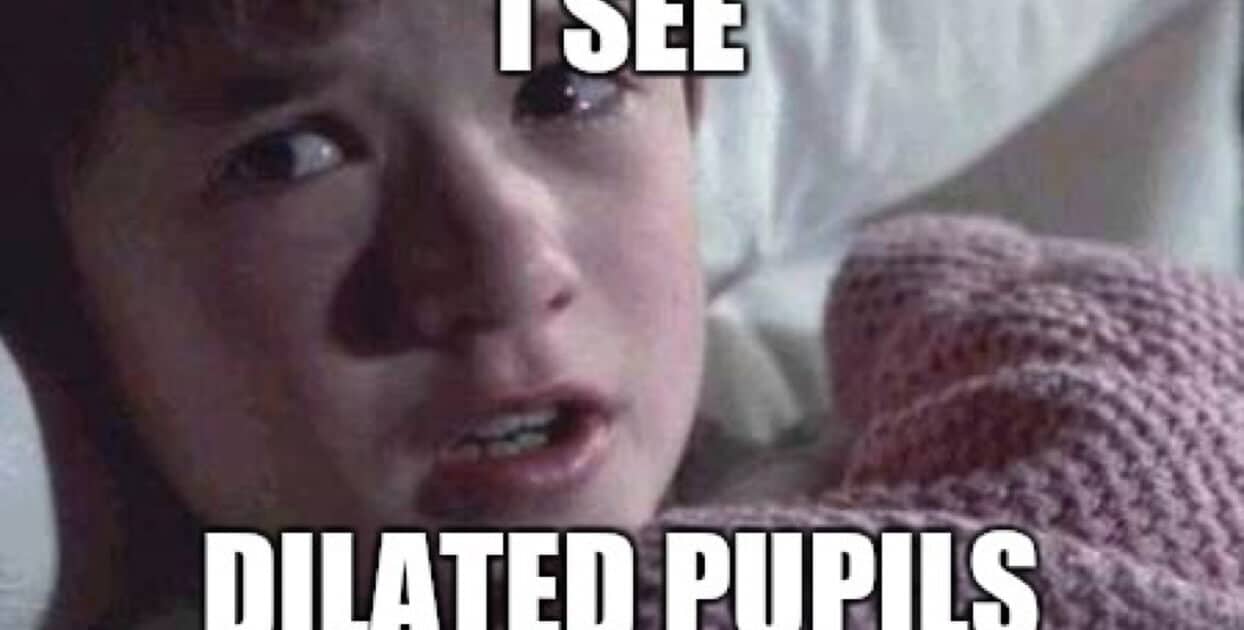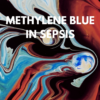Head injury with fixed dilated pupils: Are we done?
We have looked at the pupillary response before on this blog in terms of the Doll’s Eye Reflex in brainstem death and the oculocephalic reflex. However, what if the pupils are fixed and dilated?
We seem to learn quite early in our medical careers that fixed dilated pupils are a very poor prognostic sign for our patients with intracranial pathology indicating brainstem herniation.
But where does this come from?
The most recent meta-analysis of this was published by Scotter et al in 2015 found 5 high quality studies between 1993-2003 on patients with bilateral fixed dilated pupils secondary to subdural or extradural haematomas having surgical evacuation.
For extradural haematomas they found a pooled mortality of only 29% with 54.3 % having good functional outcomes. Subdural haematomas had worse outcomes with 66% mortality with only 6% having a good outcome.
So we can see that especially for extradurals fixed dilated pupils are certainly not a death sentence.
To be able to prognosticate, we need to breakdown the causes of fixed dilated pupils. Thomas(2000), suggests a simple structure for differentiate the possible causes.
Causes of Fixed Dilated Pupils
Sympathetic stimulation
- Drugs, eg Adrenaline
- Phaeochromocytoma
Parasympathetic Paralysis
- Drugs eg atropine
- Neuropathy with 3rd nerve paralysis
- CNS disease, Trauma , raised intracranial pressure
Miscellaneous
- Toxins eg cyanide, methanol
- Hypothermia
- Anaesthesia
Given trauma often coincides with toxicology if we can satisfy ourselves that their pupils have an intracranial cause, we know historically they can have good outcomes, but what if we treat them more aggressively?
Manara et al published a case series from a trauma centre in the UK of five patients over the last 2 years with perceived devastating brain injury in whom withdrawal of care was delayed to facilitate organ donation. Following admission to the ICU, two made a full recovery to employment and 3 survived with moderate disability to live at home.
After having these 5 cases, they changed their hospital protocol to plan to admit all cases for 72 hours of supportive care and observation. In the 6 month period since the change and publication, 12 patients met criteria, unfortunately none survived but four did progress to organ donation.
In January this year the intensive care society in the UK, together with the Royal College of Emergency Medicine and the neurosurgical society, published a consensus statement taking into account some of the above and actually advocates for devastating brain injury which they define as :
“Any neurological condition that is assessed at the time of hospital admission as an immediate threat to life or incompatible with good functional recovery AND where early limitation or withdrawal of therapy is being considered”
Whereas before, there were often early decisions to withdrawal life sustaining treatment, perhaps creating self fulfilling prophesies of mortality, as one could compare to pH or lactate as markers in cardiac arrest.
Now in line with the Manara paper they are now advocating a period of observation in a critical care environment for up to 72 hours (where resources allow) with supportive care. In order to be able to better prognosticate, in this complicated group of patients.
We do also know that given more time families are much more amenable to organ donation which could be an unintended consequence of this policy.
Ultimately it seems this is still a group with a some poor outcomes. However there is chance to give these often young patients a chance at a good outcome, so we should not rush to withdraw treatment. In the meantime, we should advocate for our patients and provide the best supportive care possible.
References
- Scotter J, Hendrickson S, Marcus HJ, et al Prognosis of patients with bilateral fixed dilated pupils secondary to traumatic extradural or subdural haematoma who undergo surgery: a systematic review and meta-analysis Emerg Med J 2015;32:654-659.
- P The differential diagnosis of fixed dilated pupils: a case report and review Critical Care and Resuscitation 2000 Mar;2(1):34-7.
- Management of Perceived Devastating Brain injury after Hospital admission, consensus statement ficm.ac.uk/sites/default/files/dbi-consensus-statement-2018.pdf
- Manara A et al , A case for stopping the early withdrawal of life sustaining therapies in patients with devastating brain injuries Journal of the Intensive Care SocietyNovember 2016 Vol 17, Issue 4, pp. 295 – 301

Dr Robert Ley Greaves
Registrar in Emergency Medicine
EMCORE Scholarship Winner 2018










